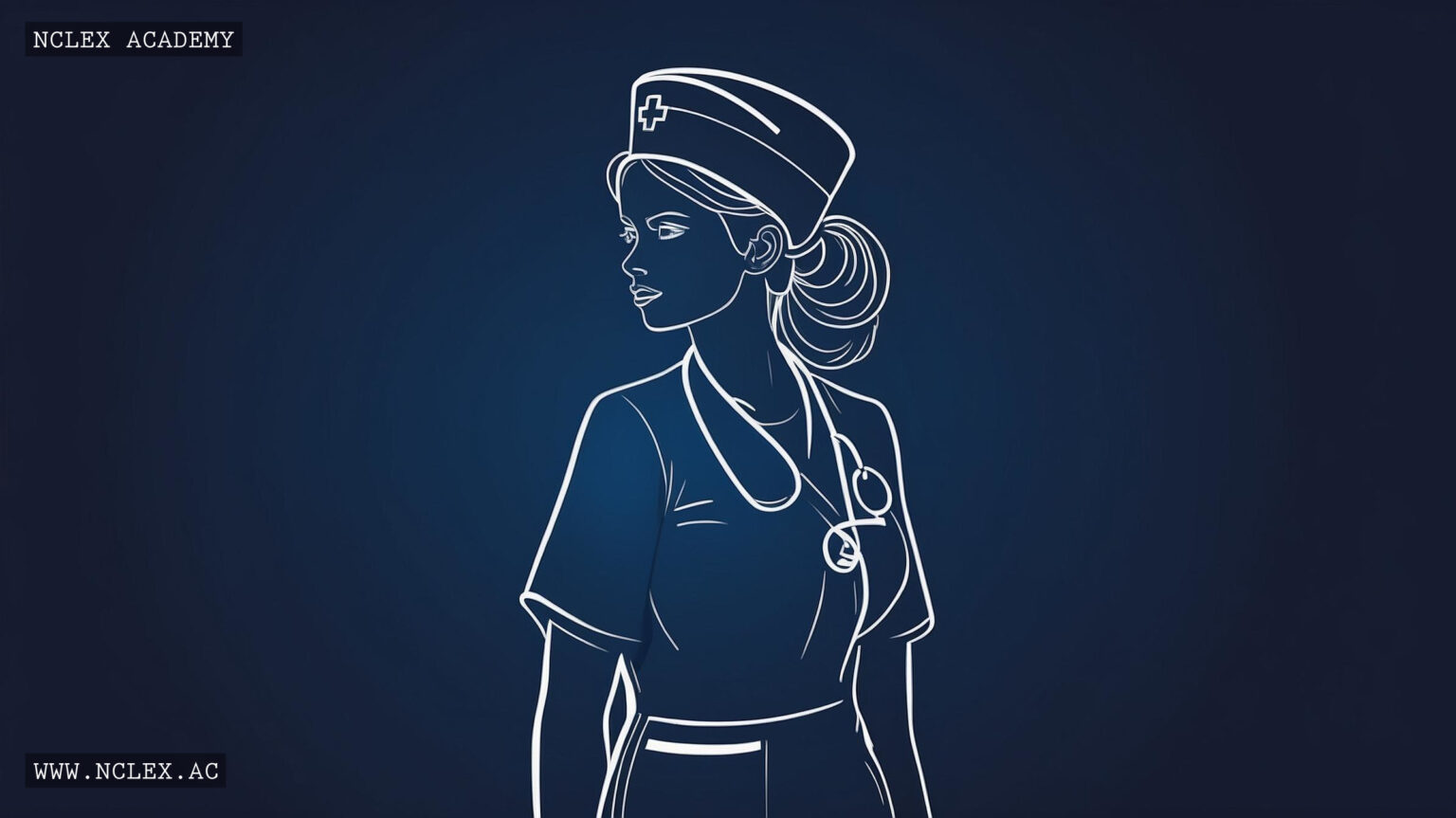In the demanding and fast-paced world of healthcare, nurses play a critical role in patient care, often serving as the first line of defense in monitoring and assessing patient conditions. With advances in medical technology, various monitoring devices have become essential tools in the modern nurse’s arsenal. These devices provide vital information that helps nurses make informed decisions and deliver high-quality patient care. Here are six essential monitoring devices that nurses rely on daily to ensure patient safety and enhance the accurate delivery of medical interventions.
1. Blood Pressure Monitor
Monitoring blood pressure is a fundamental aspect of patient care, and an accurate blood pressure monitor is indispensable for any nurse. Hypertension, or high blood pressure, is a silent but deadly condition that can lead to severe complications like stroke, heart attack, and kidney damage. Automated sphygmomanometers have become the standard in most healthcare settings, providing efficient and reliable readings. Nurses must ensure cuffs are correct size for the patient and are applied properly, which is crucial for obtaining accurate measurements. In addition to manual auscultatory and oscillometric monitors, ambulatory blood pressure monitoring devices are used for continuous measurement, offering deeper insight into a patient’s cardiovascular health.
2. Pulse Oximeter
A pulse oximeter is an essential, non-invasive device that provides instantaneous data on a patient’s oxygen saturation levels and pulse rate. It is particularly vital in settings where patients are at risk of developing hypoxemia, a condition where blood oxygen levels are below normal. By attaching a sensor, usually to a fingertip, nurses can quickly detect drops in oxygenation, which is critical for patients with respiratory diseases, like COPD, or for those who have undergone anesthesia. Furthermore, during the COVID-19 pandemic, pulse oximeters have become crucial in monitoring patients with the virus to detect early signs of respiratory distress.
3. Electrocardiogram (ECG) Monitor
An electrocardiogram (ECG) monitor is invaluable for assessing cardiac function by measuring the electrical activity of the heart. With cardiovascular diseases standing as a leading cause of death globally, proficient use of an ECG monitor is essential for every nurse. The ability to recognize normal and abnormal rhythms and interpret complex waveforms is a vital skill in emergency care, surgery, and various clinical settings. Portable and bedside monitors allow for continuous observation, alerting nurses to potential arrhythmias or ischemic changes requiring immediate attention.
4. Blood Glucose Meter
Effective management of a patient’s blood glucose levels is crucial, particularly for those with diabetes. A reliable blood glucose meter enables nurses to monitor glucose levels throughout the day, optimising insulin therapy and dietary plans. Consistent monitoring helps in preventing both hyperglycemia and hypoglycemia, conditions that can have harmful consequences if left unchecked. These user-friendly devices are imperative for patient education, allowing nurses to teach self-monitoring techniques to patients for effective diabetes management in a home setting.
5. Digital Thermometer
Fever is often one of the first indicators of an infection or illness. Monitoring body temperature is a basic yet essential practice for nurses. Digital thermometers have largely replaced traditional mercury-filled thermometers, offering quick and reliable readings. Modern devices come in various forms such as tympanic (ear), oral, rectal, and forehead (temporal artery) thermometers, catering to different patient needs and age groups. In addition to individual patient use, mass screening tools have also become important in public health, particularly for fever surveillance during flu seasons or pandemics like COVID-19.
6. Capnography Monitor
Capnography monitors are critical for patients under anesthesia, in critical care, or during sedation procedures. These devices measure end-tidal CO2 (the concentration of carbon dioxide released at the end of expiration) which provides insight into a patient’s ventilatory status. Capnography can rapidly identify life-threatening conditions such as ventilatory failure, pulmonary embolism, or circuit disconnections in mechanical ventilation. Through continuous monitoring, nurses can promptly detect changes in CO2 levels indicative of hypoventilation or hyperventilation, ensuring patient safety by guiding adjustments in ventilation support.
In conclusion, each of these monitoring devices plays a vital role in comprehensive patient care. Nurses adept at utilizing these tools are well-equipped to detect potential health issues early, administer timely interventions, and ultimately improve patient outcomes. The integration of these devices in daily nursing practice has not only increased the precision of patient assessments but also empowered nurses with critical data to make informed decisions that safeguard the health and wellbeing of their patients.
NCLEX Academy
NCLEX Academy is a leading online platform dedicated to helping nursing students succeed in their NCLEX exams. With expert-led courses, printable exam prep materials, and personalized study plans, NCLEX Academy offers comprehensive resources to boost confidence and performance. The site also covers a wide range of interesting nursing topics, making it a must-visit for all nurses looking to expand their knowledge and skills. Join thousands of students and nurses who have achieved their dream of becoming licensed professionals with NCLEX Academy.
NCLEX Academy Official Website
